This new made-in-Canada app is connecting collectors of native tree seed with the planters, nurseries and restoration ecologists who need them.
When we think of squirrels, we think of fuzzy creatures gathering nuts to store for later – and in a way, the new app of the same name (with an extra ‘i’) is planning for the future using a similar method.
In the face of climate disaster, Squiirrel is aiming to address the environmental challenges facing the world by collecting, tracking and trading a tiny-yet-valuable resource: native tree seeds.
“One of the things that people kept saying to us over and over again is, ‘We really wish there was a Kijiji for native seeds, somewhere we can actually make trades.’ So that’s what we built,” says Blaine Pearson, the co-founder and CEO of Wilder Climate Solutions, the Ontario-based company that founded and started Squiirrel.
We spoke with Pearson about why data are key to making this forward-thinking climate app work, the growing field of assisted migration – and why seed collection is more important than most people think.
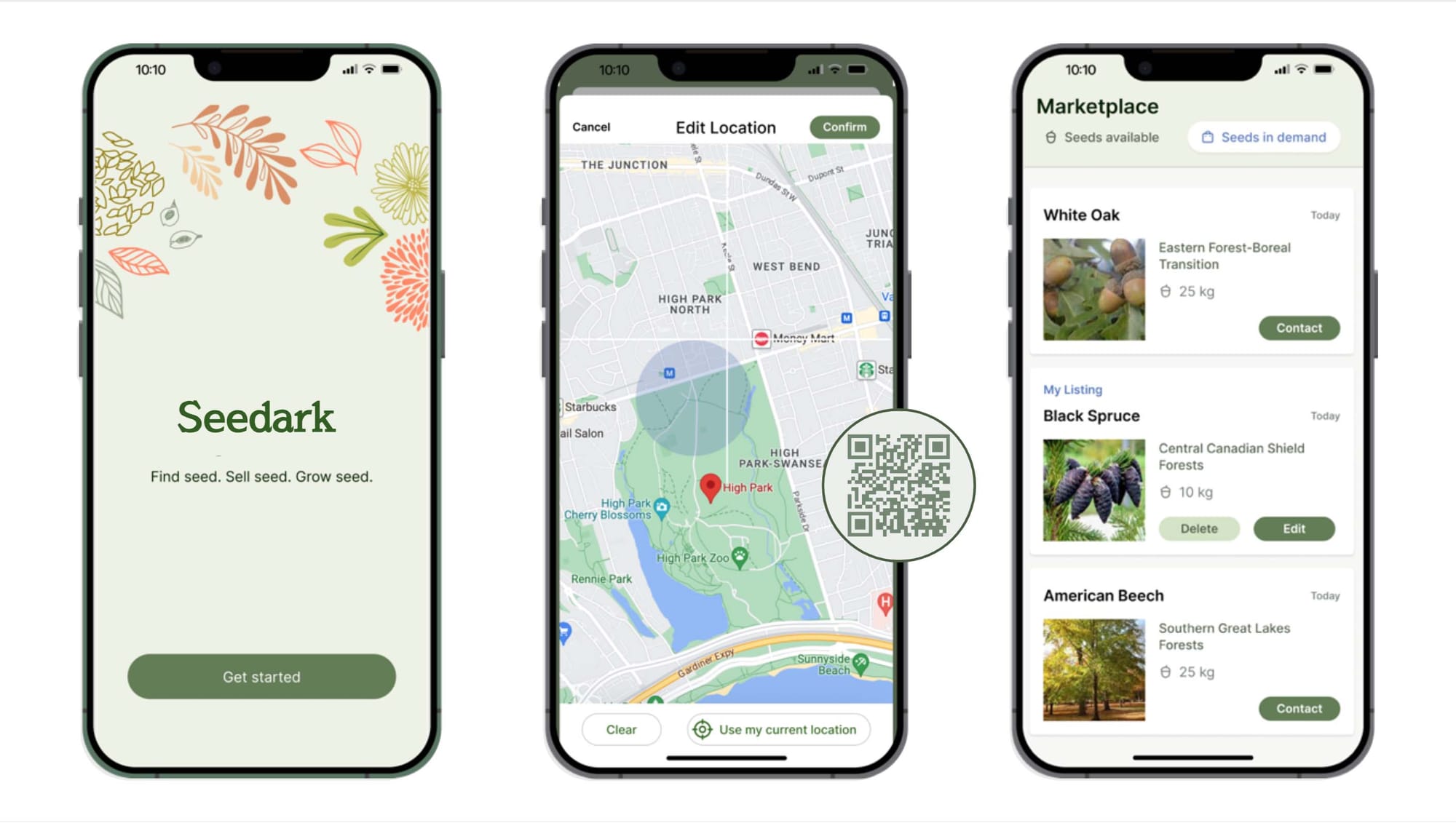
What is Squiirell?
Squiirrel is a mobile app/tool that is seeking to solve a few really core problems to the native tree seed supply chain.
The first thing it does is allow seed collectors to make accurate reports and collections, meaning that the data all gets organized and they get led through the workflow of capturing all the right information, including species, GPS location, altitude, information about the seed and photographs.
We’re not involved in the transaction at all. We’re about making players on both sides – people who use seeds and people who collect and buy seeds – visible to each other. Nurseries and restoration ecologists can input into the marketplace, “I am looking for red oak from this particular area.” Collectors can then reach out and fulfill that collection. Similarly, if a collector has a surplus, they can post on the marketplace for somebody to purchase it from them.

Why do all these details about seeds matter?
As we are all aware, the climate is changing, and it’s putting a lot of pressure on ecosystems. We’re seeing huge biodiversity collapse; we’re seeing massive forest fires. There’s this incredible need for trees and replanting but also biodiversity. And part of the survivability of trees that are getting planted has to do with the recognition and acknowledgement that they are genetic material. They are tiny capsules of DNA. So where a seed comes from is a very important consideration, because that seed comes from a tree that has naturally adapted over a long period of time from the climatic conditions of that location – where it is from a geography standpoint, but also an altitude standpoint, an aspect standpoint and soil standpoint.
There’s a concept called assisted migration or seed transfer. The basic concept is that ecologists are starting to purposely plant seeds or trees from further south in more northern locations. Because we know that as the climate warms, the zones are also moving further north. So scientists are slowly, in incremental steps, trying to move trees further north in order to secure their success.
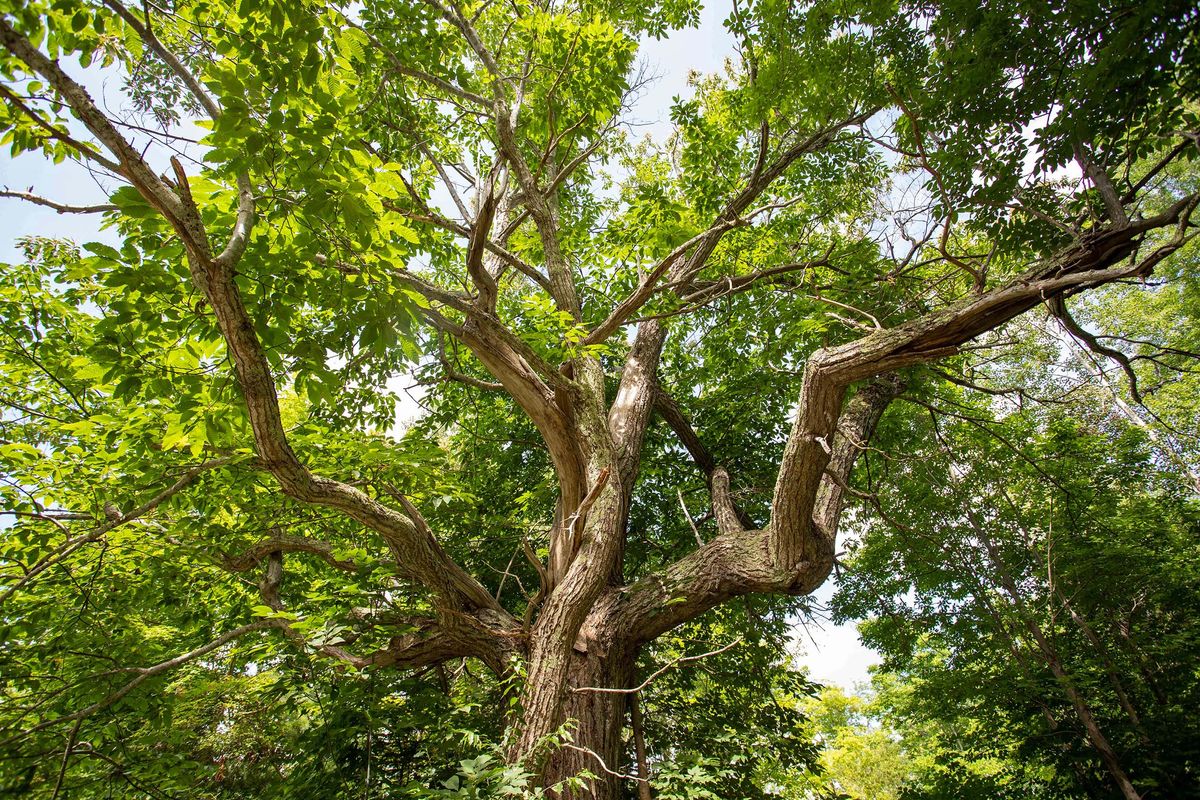
Does Squiirrel hope to help with assisted migration?
In the long run, this is part of where we’re likely going to go in terms of being able to serve this data to people and use it for a productive purpose. Right now, Squiirrel has the marketplace and seed collection and the next piece is going to be to serve up some of that data so better decisions get made from a planting perspective. There’s definitely controversy around the concept of assisted migration, but there’s also some real science behind supporting it.
Who is your target audience?
Certainly we want to support seed collectors. From what we learned during the research, they are sort of a dwindling occupation. By creating this digital tool, we wanted to target a new generation of collectors and a new generation of eco-minded people who are interested in having agency and the ability to participate in the solutions.
It’s pretty niche, and you have to have quite a lot of specialized knowledge. First and foremost, you have to be sure that you’re identifying the right species. Then you have to forecast successfully – look at the tree and say, oh, it’s seeding this year. Then you’ve got to come back at the right time, collect the seed and establish whether that seed is healthy. We want to encourage the scaling up of the seed collector realm, but we want to make sure we do it in a way that’s responsible. We’re really not trying to be like, “Hey, every Joe Blow in your backyard, start collecting seeds!”
That being said, some of the earliest success stories on Squiirrel have been from people who have full-time jobs elsewhere, who are doing this as a hobby and have successfully made trades with local nurseries.
So that’s one of the target audiences: people who can collect.
And on the other side are native tree nurseries and other nurseries who are interested in native tree and shrub material, and also restoration ecologists. A lot of restoration ecologists are using the platform because they have the gift of knowing what projects they've got coming down the pipe and they've got a little bit more time to plan. They can go out and say, “We want these seeds of these species from this exact area in order to best rebuild this ecosystem.”
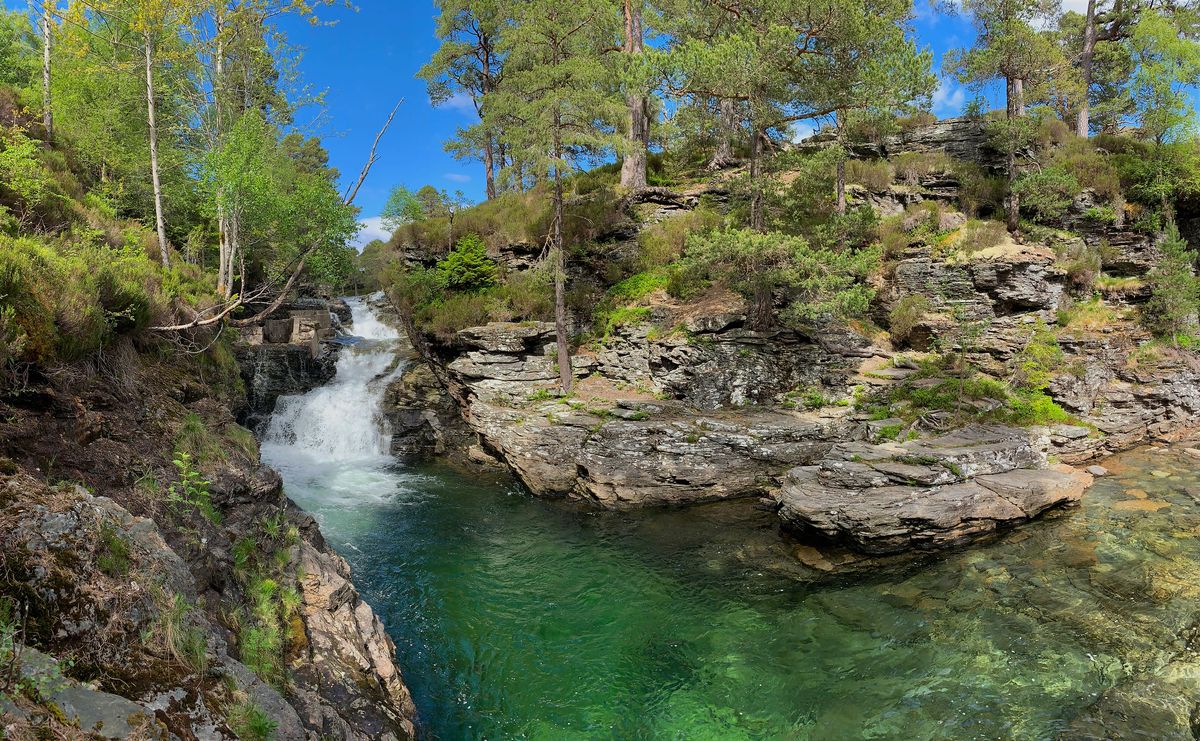
What does Squiirrel hope to achieve?
Big picture, it’s building the supply of native tree seed in Canada and also in the U.S. I think supply of seed is one of the most critical bottlenecks holding us back from being able to successfully reforest. Just building that supply is really crucial – and it’s not something people are thinking about. When you think about planting trees, you assume that all the trees you need are going to be there waiting at the nursery. But they’re plant material, genetic material, DNA.
The app is currently just Canadian based, and we’ve only input data for trees and shrubs. But in 2024, we’ll be expanding it into the U.S. And we’re also looking at a mirror tool that will be available and useful for people who collect the seeds of forbs and sedges and grasses.
What have you learned so far?
We just launched at the beginning of September and we’ve learned a lot.
Our audience are passionate people who are extremely interested in helping to make this a success. I think they want a solution like this because it’s helping them. There’s real utility in it. That’s a big learning: We’ve got amazing users.
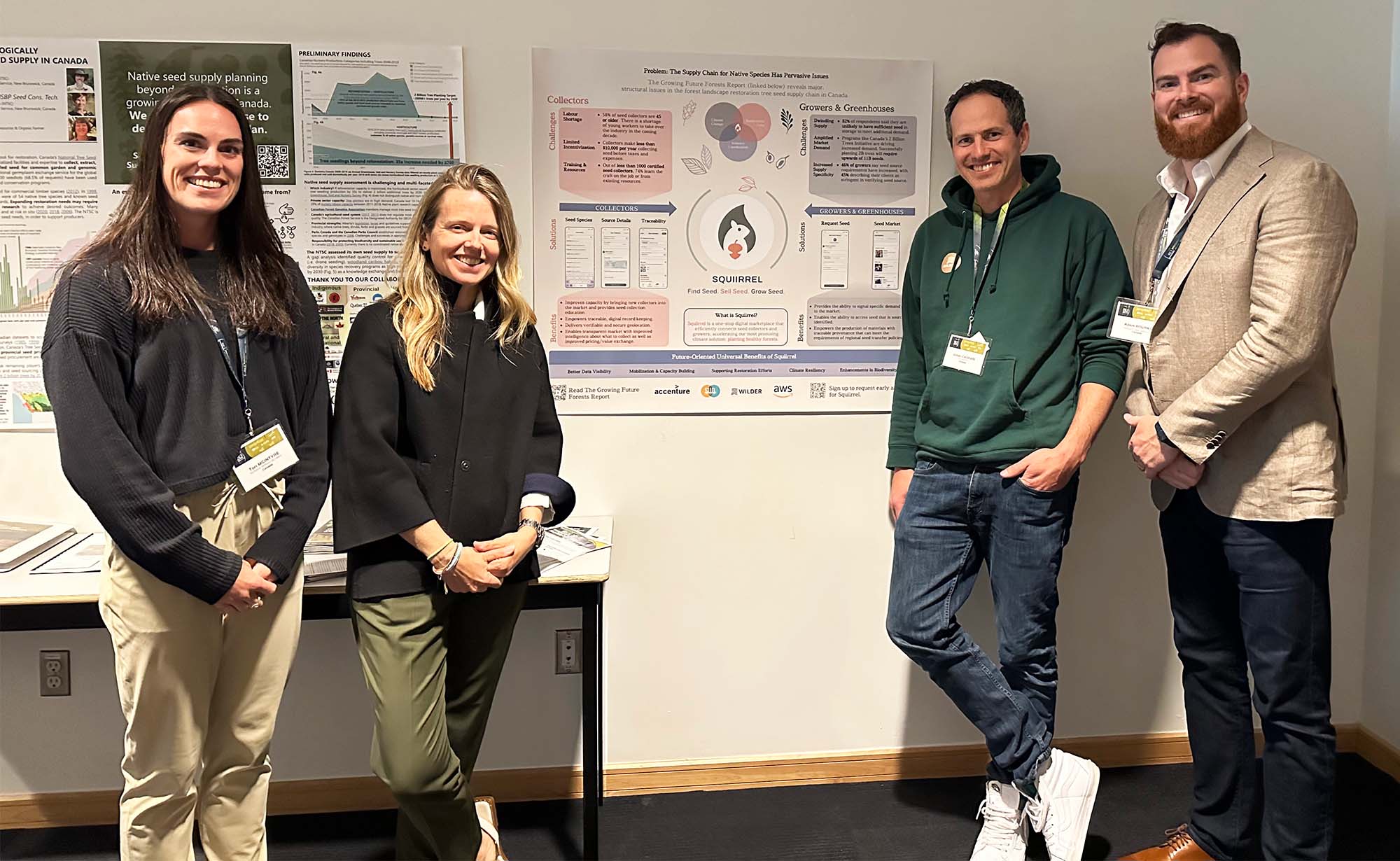
It’s also really reinforced for us how deep the chasm is between the demand for seed versus the supply. We’ve got something like 1,600 kilograms of seed requested on the platform and just a small fraction of that’s been supplied. You see that delta between what people need and what is available and that really reinforces the importance of continuing to do this work.
We’ve also learned people are ready for new digital technology. This has been a sector that has been very analog for a very long time.
What do you want people to know about Squiirrel?
It’s a beautiful community of people who are genuinely interested in healing the Earth. It’s giving people, in these dark times, agency – something to do that’s tangible, that you can touch. It’s a step toward making a difference. And we’re hearing and seeing that that’s important.
I think we’re at the earliest stages of a wholesale reinvention of our relationship to nature. I think positioning ourselves as a part of it and becoming more aware of the life cycle of the things around us – not just the mammals and critters but also the plants – is a beautiful way to make people feel more connected to this world and to still live in the face of all the ugliness that is out there. I see a lot of hope.
Main photo: Jason van Bruggen / Wilder Climate Solutions




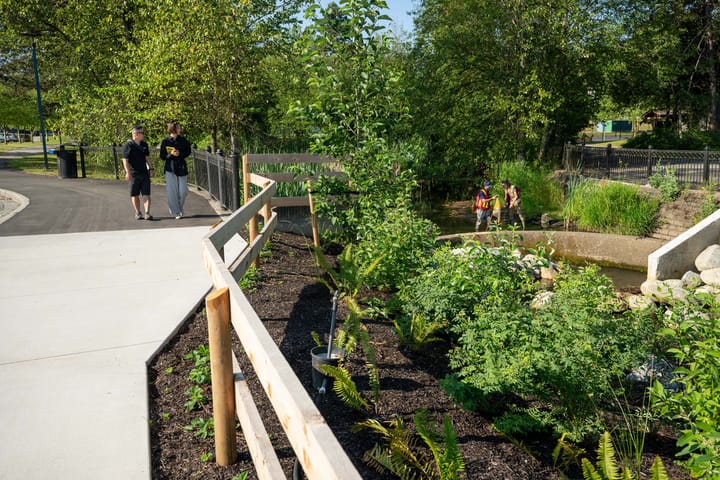
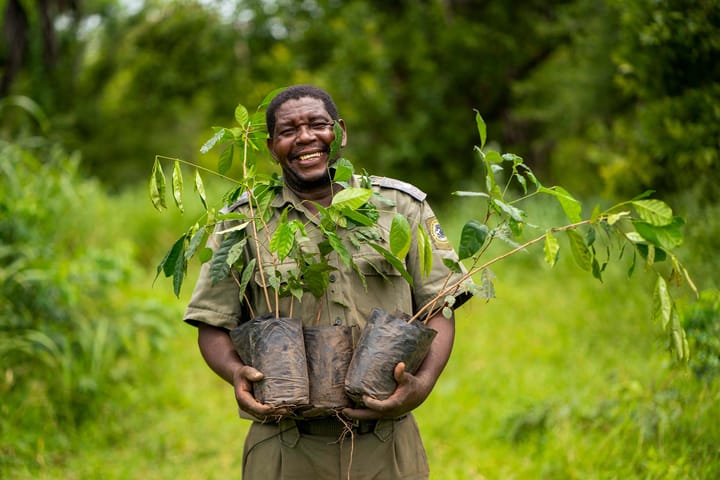
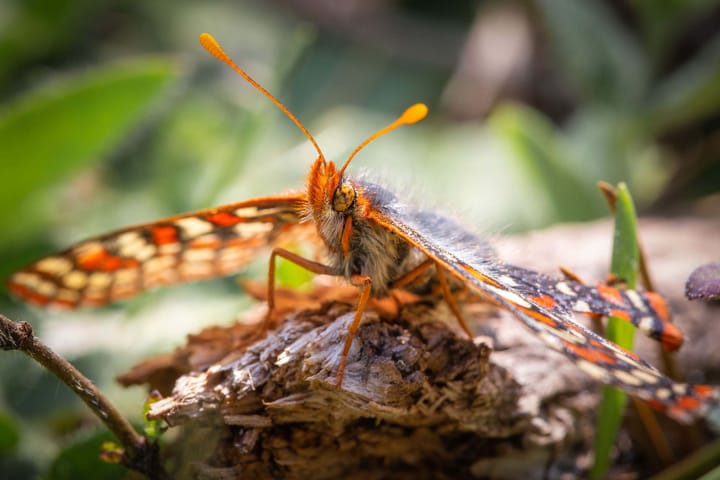
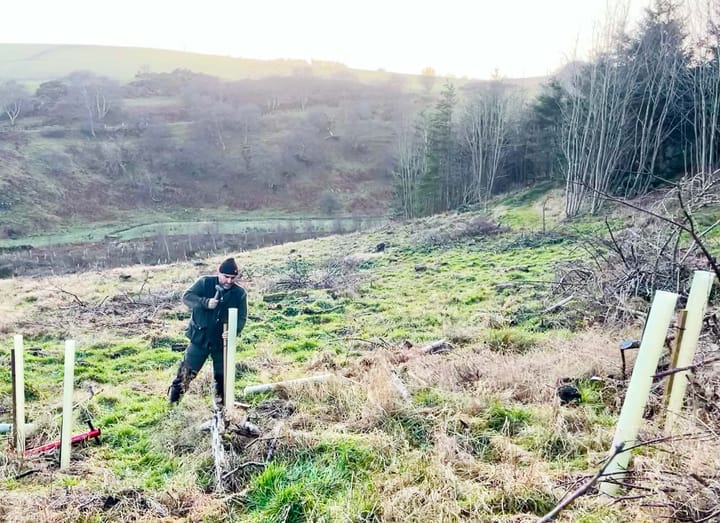
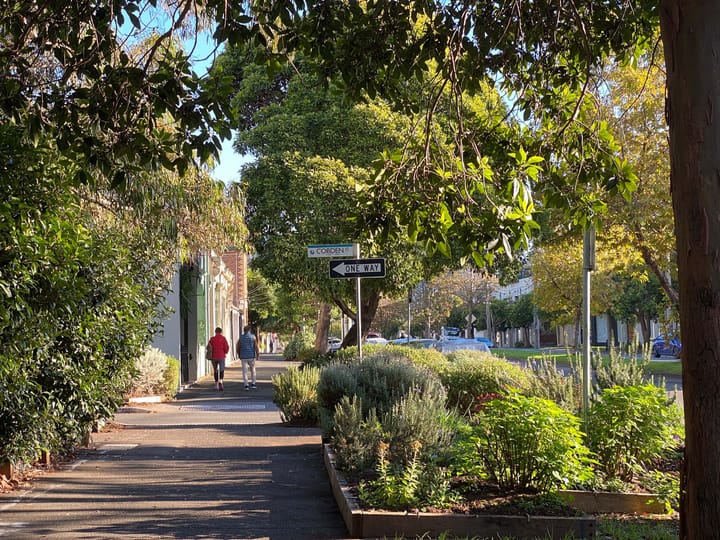

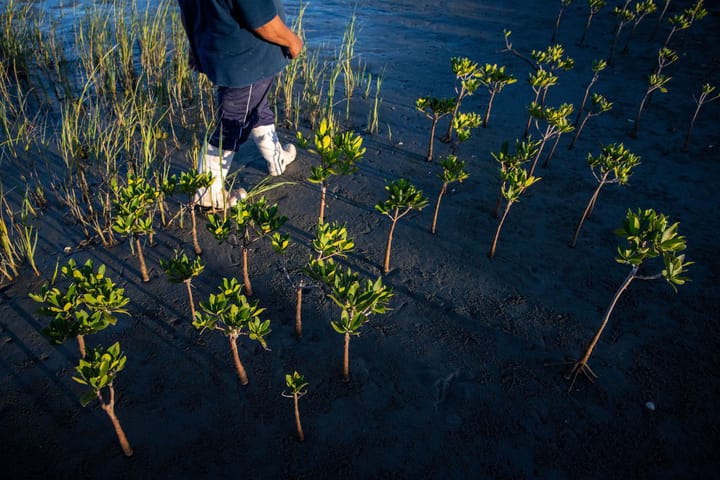
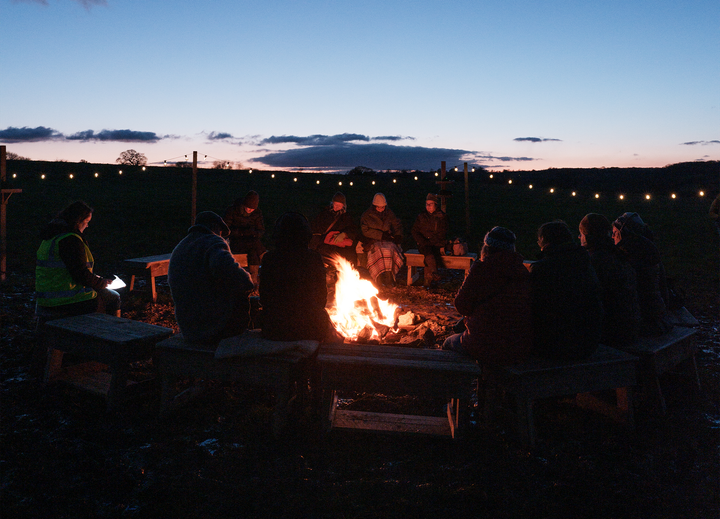

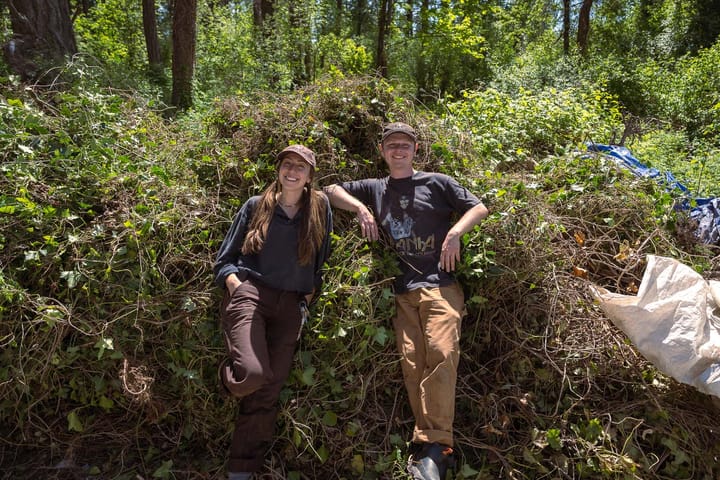
Comments ()